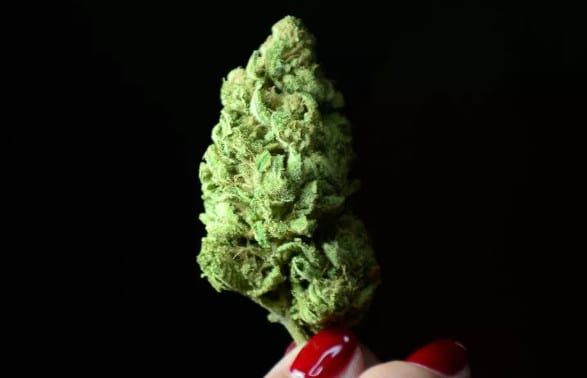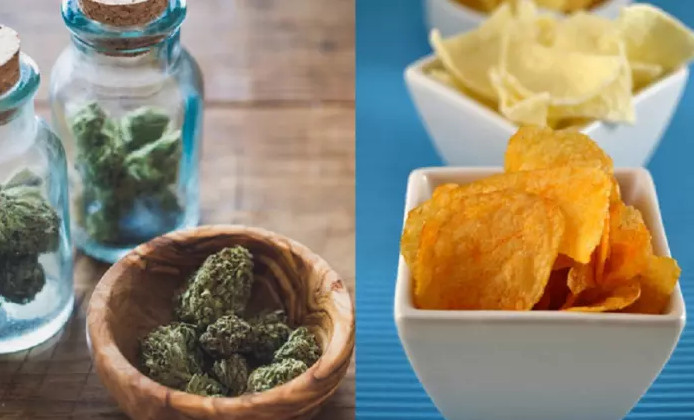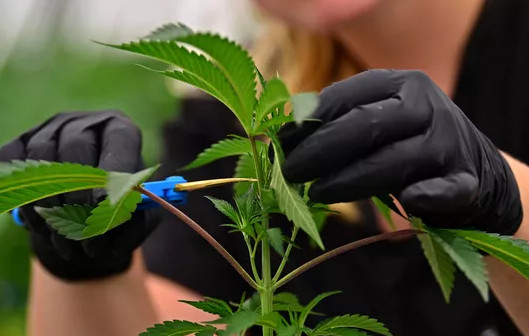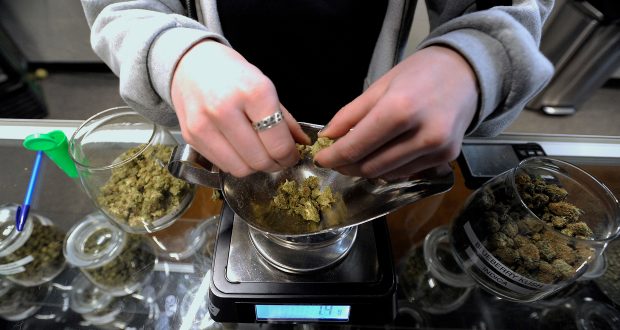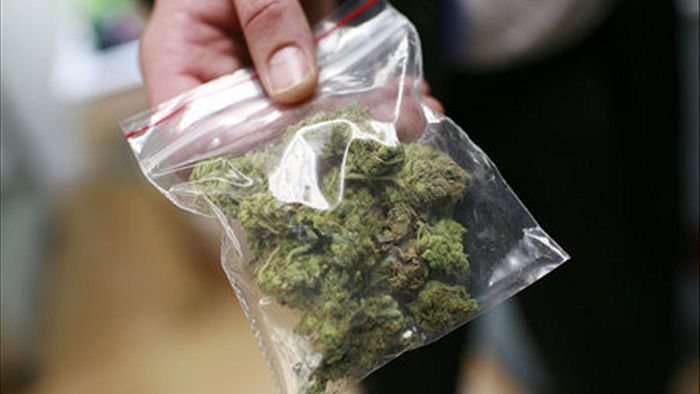Debunking Two Claims about US Medical Marijuana: Increased Recreational Use among Teens and Decreased Opioid Deaths
In 1996, California became the first US state to legalise marijuana use for medical purposes. Medical marijuana is now legal in 29 states. Opponents of medical marijuana argue that such laws increase recreational marijuana use among adolescents, while advocates contend that medical marijuana helps to address the US opioid crisis by reducing overdose deaths.
Two papers published today in the scientific journal Addiction look at the current evidence of the effects of medical marijuana laws and conclude that there is little support for either claim.
The first claim, that legalizing medical marijuana increases recreational use among adolescents, is addressed by a new meta-analysis that pooled the results of eleven separate studies of data from four large-scale US surveys dating back as far as 1991. Results of the meta-analysis indicate that no significant changes (increases or decreases) occurred in adolescent recreational use following enactment of medical marijuana laws. Far fewer studies examined the effects of medical marijuana laws among adults, although existing evidence suggests that adult recreational use may increase after medical marijuana laws are passed
Senior author Professor Deborah Hasin says, “Although we found no significant effect on adolescent marijuana use, we may find that the situation changes as commercialized markets for medical marijuana develop and expand, and as states legalize recreational marijuana use. However, for now, there appears to be no basis for the argument that legalising medical marijuana increases teens’ use of the drug.”
The second claim, that legalising medical marijuana reduces opioid overdose deaths by offering a less risky method of pain management, is addressed in an editorial co-authored by several members of Addiction’s editorial board. Here, the evidence is clear but weak, being rooted in ecological studies whose results have not been confirmed through more rigorous methods. Although those studies show a correlation over time between the passage of medical marijuana laws and opioid overdose death rates, they do not provide any evidence that the laws caused the reduction in deaths. In fact, several recent studies have shown that chronic pain patients who use cannabis do not use lower doses of opioids. There are more plausible reasons for the reduction in opioid deaths that ought to be investigated.For editors:
Sarvet AL, Wall MM, Fink DS, Greene E, Le A, Boustead AE, Pacula RL, Keyes KM, Cerda M, Galea S, and Hasin DS (2018) Medical marijuana laws and adolescent marijuana use in the United States: A systematic review and meta-analysis. Addiction, doi: 10.1111/add.14136.
Hall W, West R, Marsden J, Humphreys K, Neale J, and Petry N (2018) It is premature to expand access to medicinal cannabis in hopes of solving the US opioid crisis. Addiction, doi: 10.1111/add.14139.
These papers are free to download for one month after publication from the Wiley Online Libraryor by contacting Jean O’Reilly, Editorial Manager, Addiction, jean@addictionjournal.org, tel +44 (0)20 7848 0853.
Journalists seeking interviews with Professor Deborah Hasin can contact her via Columbia University by email (dsh2@cumc.columbia.edu) or at deborah.hasin@gmail.com.
Journalists seeking interviews with Professor Wayne Hall can contact him via the University of Queensland by email (w.hall@uq.edu.au) or telephone (+61 7 336 55246).
Addiction is a monthly international scientific journal publishing peer-reviewed research reports on alcohol, illicit drugs, tobacco, and gambling as well as editorials and other debate pieces. Owned by the Society for the Study of Addiction, it has been in continuous publication since 1884. Addiction is the number one journal in the 2016 ISI Journal Citation Reports ranking in the substance abuse category for both science and social science editions.
credit:addictionjournal.org



